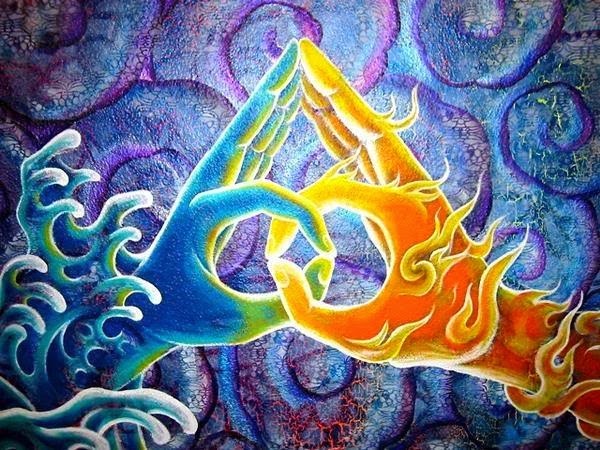Dear Haijin, visitors and travelers,
Welcome at a new month of wonderful Carpe Diem Haiku Kai prompts. This month all our prompts are modern kigo (seasonwords) for spring based on "A Dictionary of Haiku", a modern list of Saijiki compiled by Jane Reichhold, one of the most wellknown haiku-poets of our modern time.
In every episode I will introduce a 'modern' kigo along going with a haiku written by Jane Reichhold of AHA-Poetry and today that will be "AWE".
Every year again as nature is coming alive again I am in awe of the wonders of nature. As you know I celebrate the first cherry blossom on my Sakura and as I see how nature's blooming again it's a joy. Winter has gone and the light-part of the year is there starting with the return of green and color in nature.
Jane writes the following haiku with awe as theme:
as one of us
the child watches
an earthworm
(c) Jane Reichhold
Isn't it really something ... in awe ... as the child sees a earthworm for the very first time. That kind of awe I have always as I see my Sakura bloom again.
 |
| My Sakura blooms again, time to celebrate spring |
finally spring
the old Sakura in the backyard
in full bloom
(c) Chèvrefeuille
This is what I mean as I am talking about 'being in awe'.
This month we will have our regular specials in which I share haiku written by a haiku-poet for your inspiration. This month that haiku-poet is Soen Nagakawa (1907-1984) a Zen-Buddhist Roshi (or master) in the Rinzai-tradition.
An example of his haiku:
may this maple leaf
from Hakuin's stupa
cross the ocean
(c) Soen Nagakawa
 |
| may this maple leaf |
Another special feature will return also this month. I will start again with the every week Tan Renga Challenge in which I will challenge you to complete the given Tan Renga. In that special feature I will give the starting verse (haiku) to make a Tan Renga with. Those starting verses are all haiku written by you my dear family members. It will be a great month and I am looking forward to all of your entries.
This epsiode will be open for your submissions tonight at 7.00 PM (CET) and will remain open until April 3rd 11.59 AM (CET). I will publish our next epsiode, companionship, later on today. For now ... have fun, be inspired and share your haiku with us all. And please spread the word ... Carpe Diem Haiku Kai is the place to be if you like writing and sharing haiku.
Namaste


















.jpg)
























